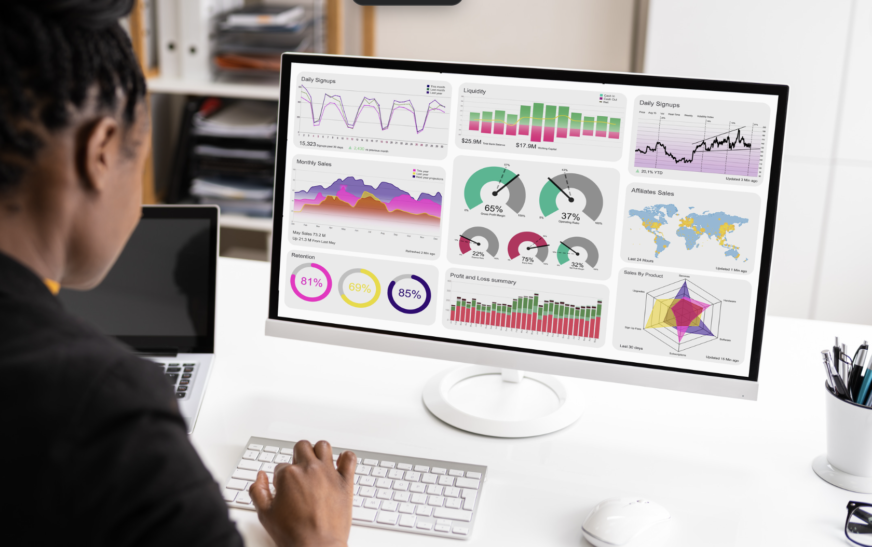Discover why first-party data remains crucial for your business despite Google’s decision to keep third-party cookies. Learn how to build a robust data strategy for future success.
In the ever-evolving landscape of digital marketing, data remains a central focus. Recently, Google’s announcement to postpone the deprecation of third-party cookies has sparked discussions about the future of data collection. While this may seem to undermine efforts to transition to a first-party data-driven approach, it actually underscores the importance of first-party data more than ever.
The Changing Data Landscape
Despite Google’s recent shift, which hints at a future with both cookie-dependent and cookie-less solutions, the essence of consumer privacy and data value exchange remains unchanged. With around 67% of U.S. adults opting to disable cookies to safeguard their online privacy, transitioning away from third-party data reliance remains a strategic priority.
The Enduring Importance of First-Party Data
First-party data, which you collect directly from your customers, is inherently more reliable and valuable. Unlike data obtained through third-party vendors, first-party data is accurate, detailed, and fully compliant with your company’s policies. This direct source of information allows for a deeper understanding of customer behaviors and preferences, crucial for delivering personalized experiences.
Building a Strong Data Foundation
To leverage first-party data effectively, begin by conducting a thorough audit of your existing data sets. Evaluate how your marketing platforms are configured and ensure they follow best practices for data collection and extraction. This audit will provide a clear picture of your current state and guide your future data strategy.
Create a comprehensive roadmap for capturing and utilizing first-party data. Tailor this roadmap to your business’s maturity level and set clear goals, such as improving data collection on specific platforms or integrating various marketing tools. Start with proof-of-concept projects to test and refine your data capture methods.
Integrating Data for a Unified Customer View
Develop a robust data ecosystem by integrating information from diverse sources like ecommerce platforms, CRM systems, and web/mobile app analytics. Utilize common identifiers such as email addresses and phone numbers to create a unified customer view (SCV). Tools like Google’s Enhanced Conversions can further enhance your data accuracy by securely hashing and matching customer information.
Consumers interact with businesses through multiple channels, leading to fragmented data. A single customer view consolidates this information, allowing for more personalized and timely marketing efforts. This approach not only improves customer relationships but also enhances your marketing strategies.
Leveraging Advanced Analytics
The real power of first-party data lies in its potential for advanced analytics. By organizing your data effectively, you enable your team to utilize machine learning and AI for better decision-making. For instance, analyzing conversion data might reveal that a significant number of form submissions do not translate into sales, allowing you to adjust your strategy and target more effectively.
The Unchanging Value of First-Party Data
While third-party cookies may still be a part of your strategy, focusing on first-party data provides deeper insights and more effective marketing strategies. Well-organized first-party data enables better analysis, improved campaign performance, and a competitive edge in the market.
For more insights and updates on the latest trends in data and technology, stay tuned and visit 365marktech.africa.










